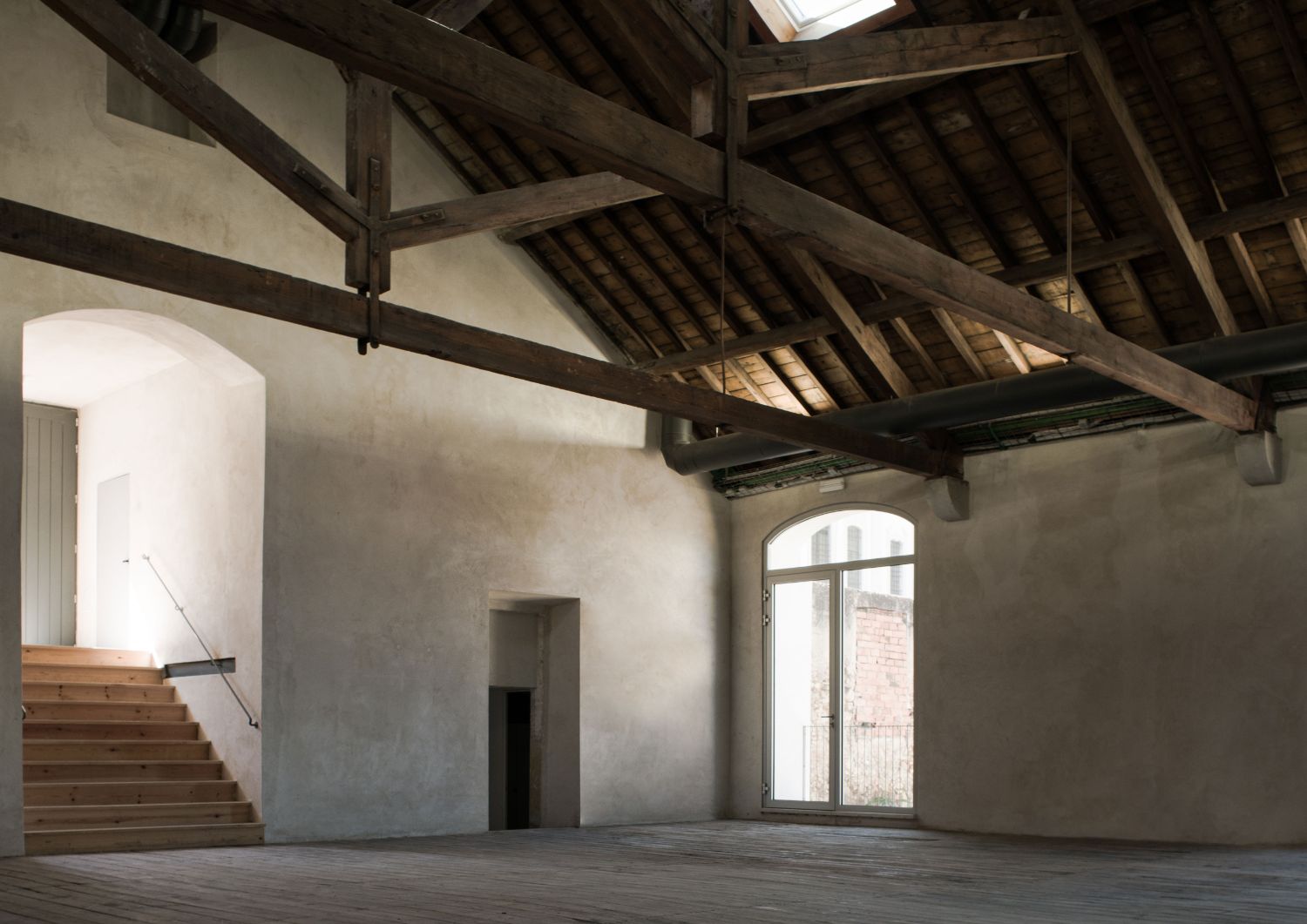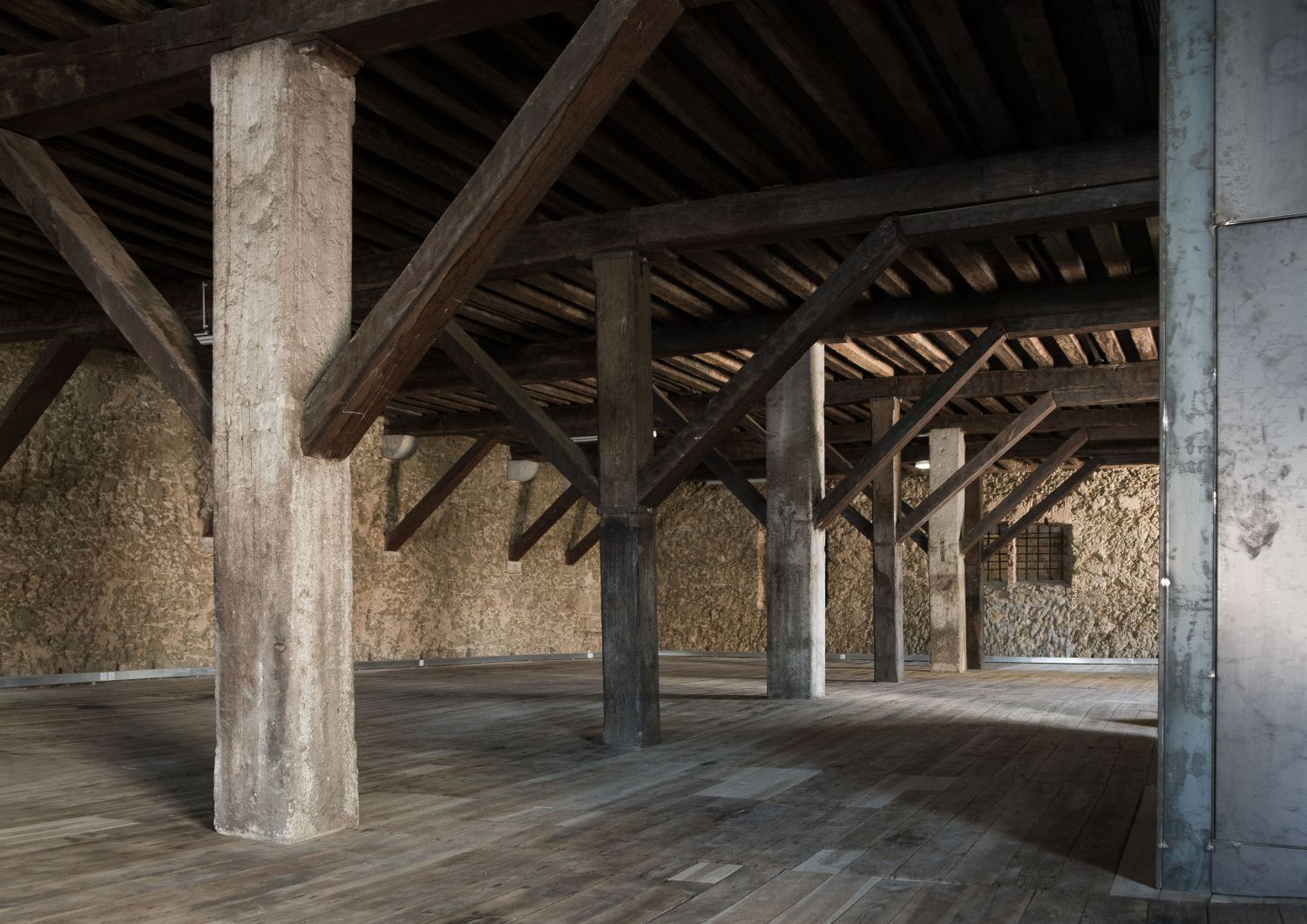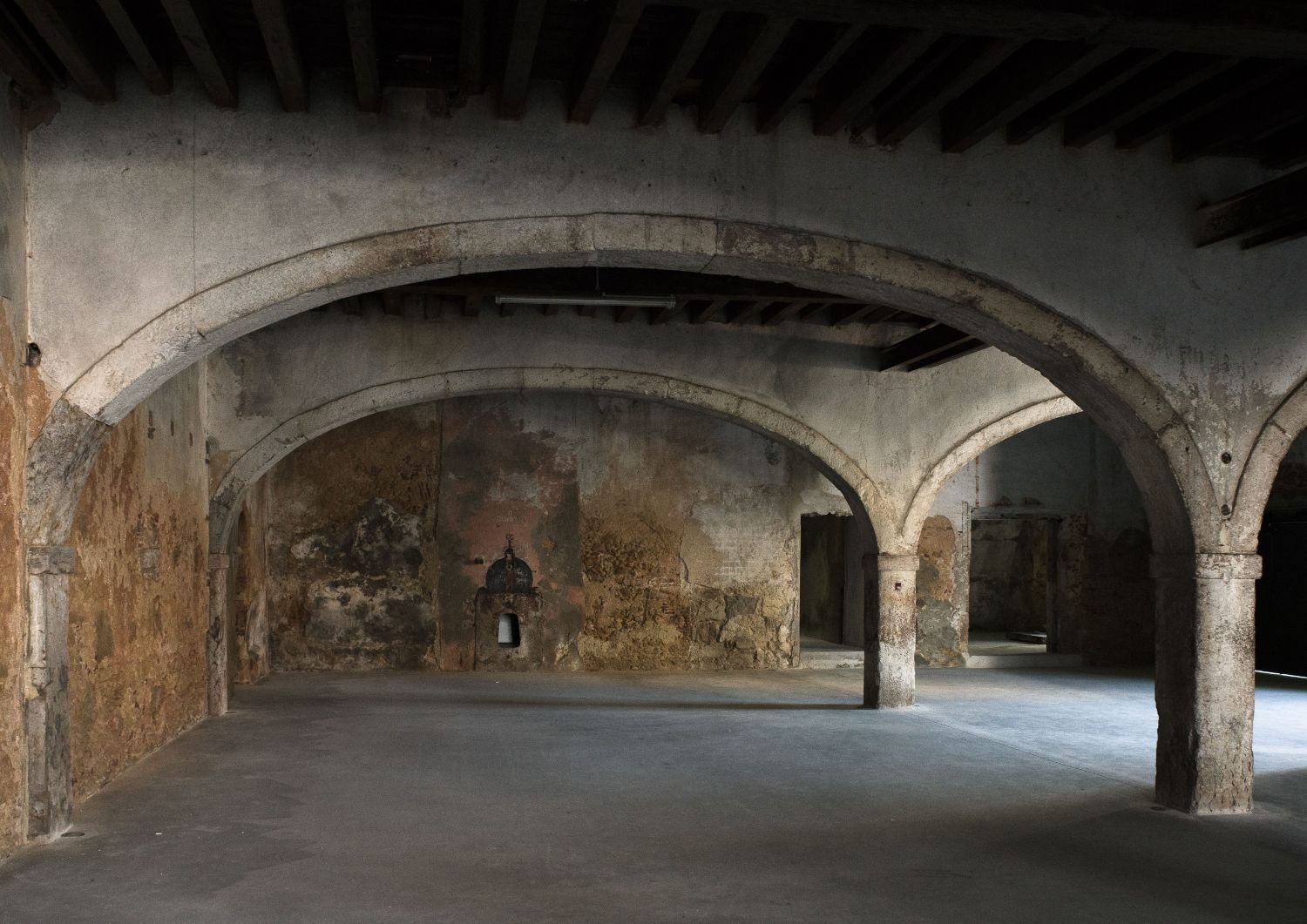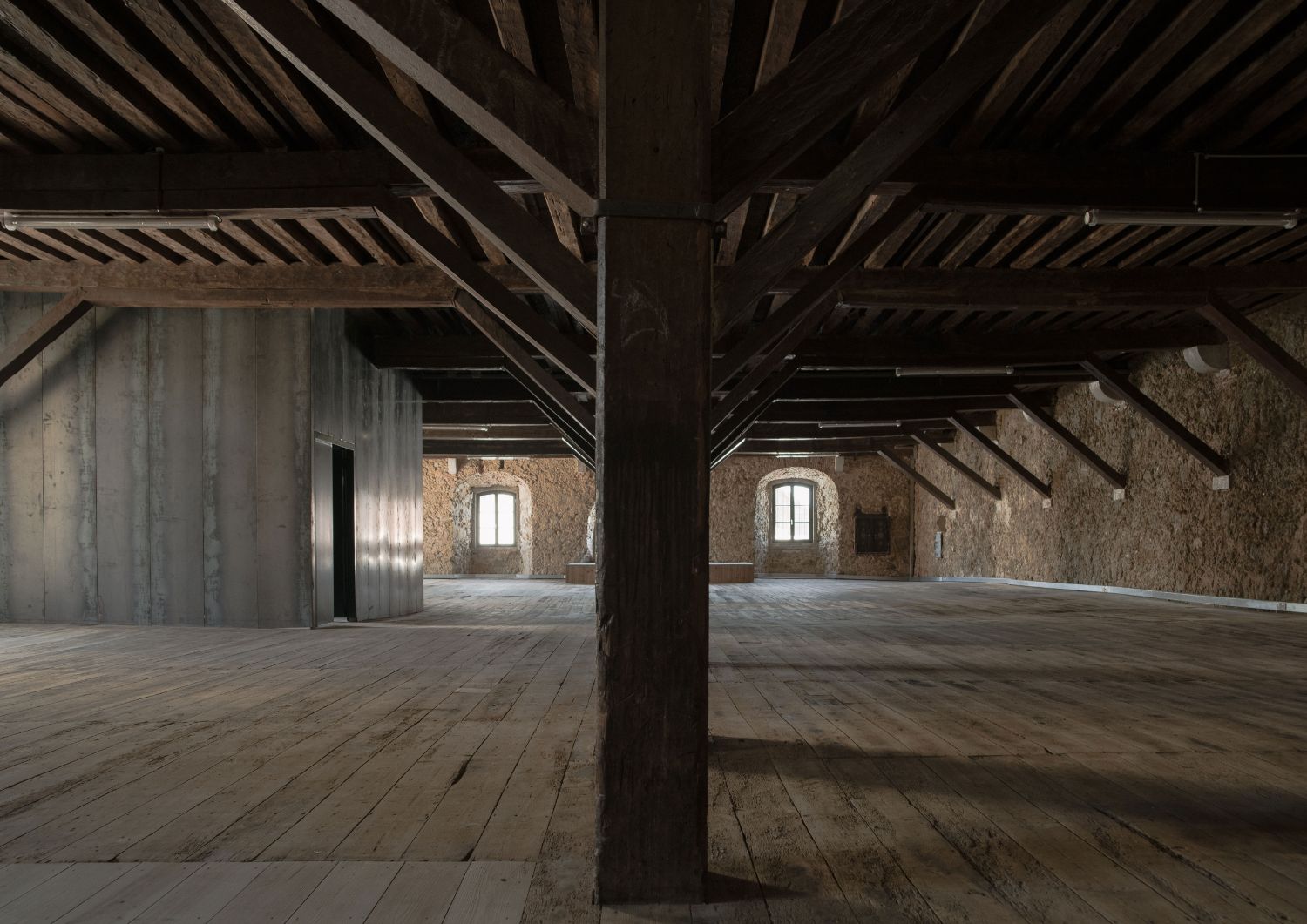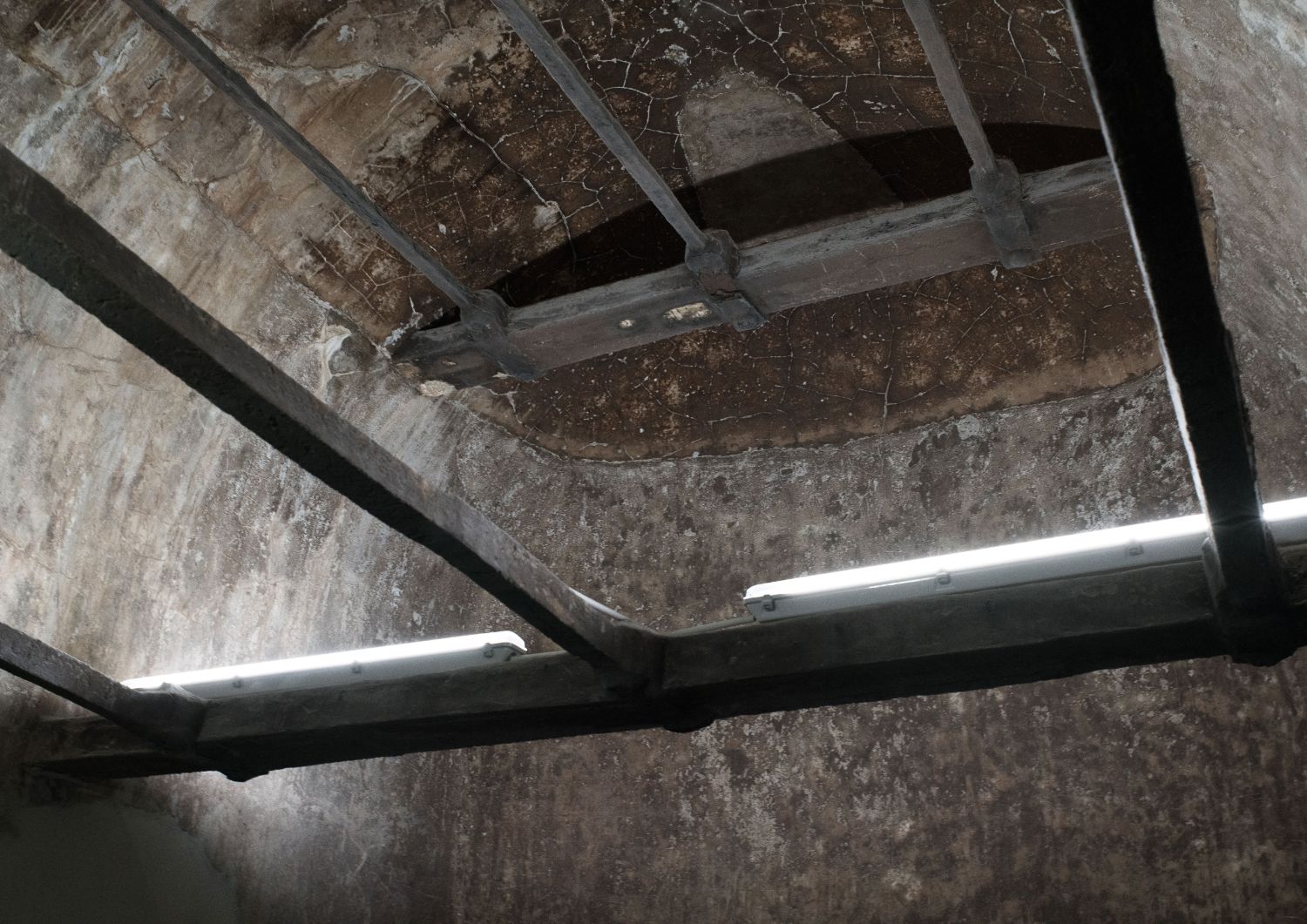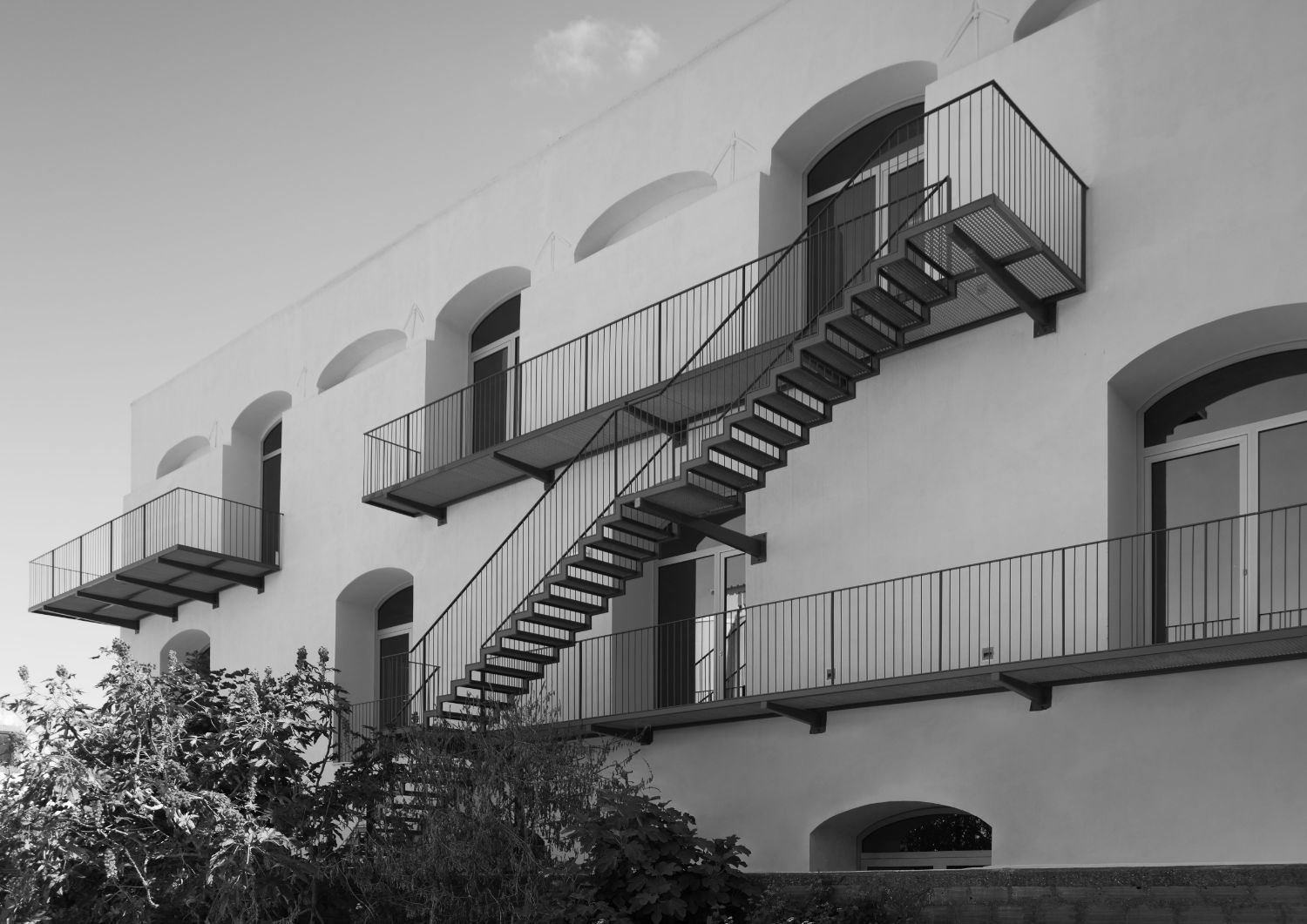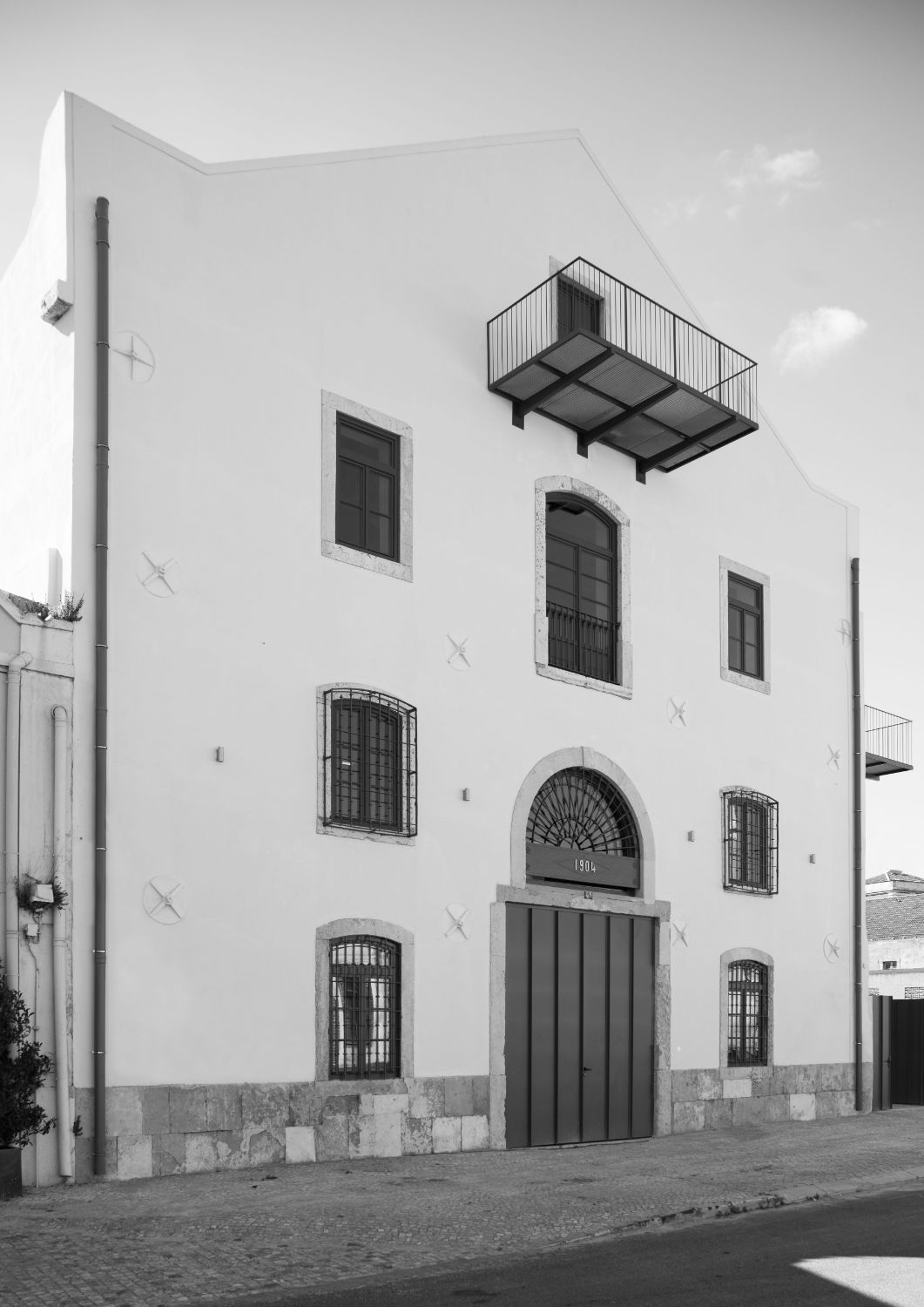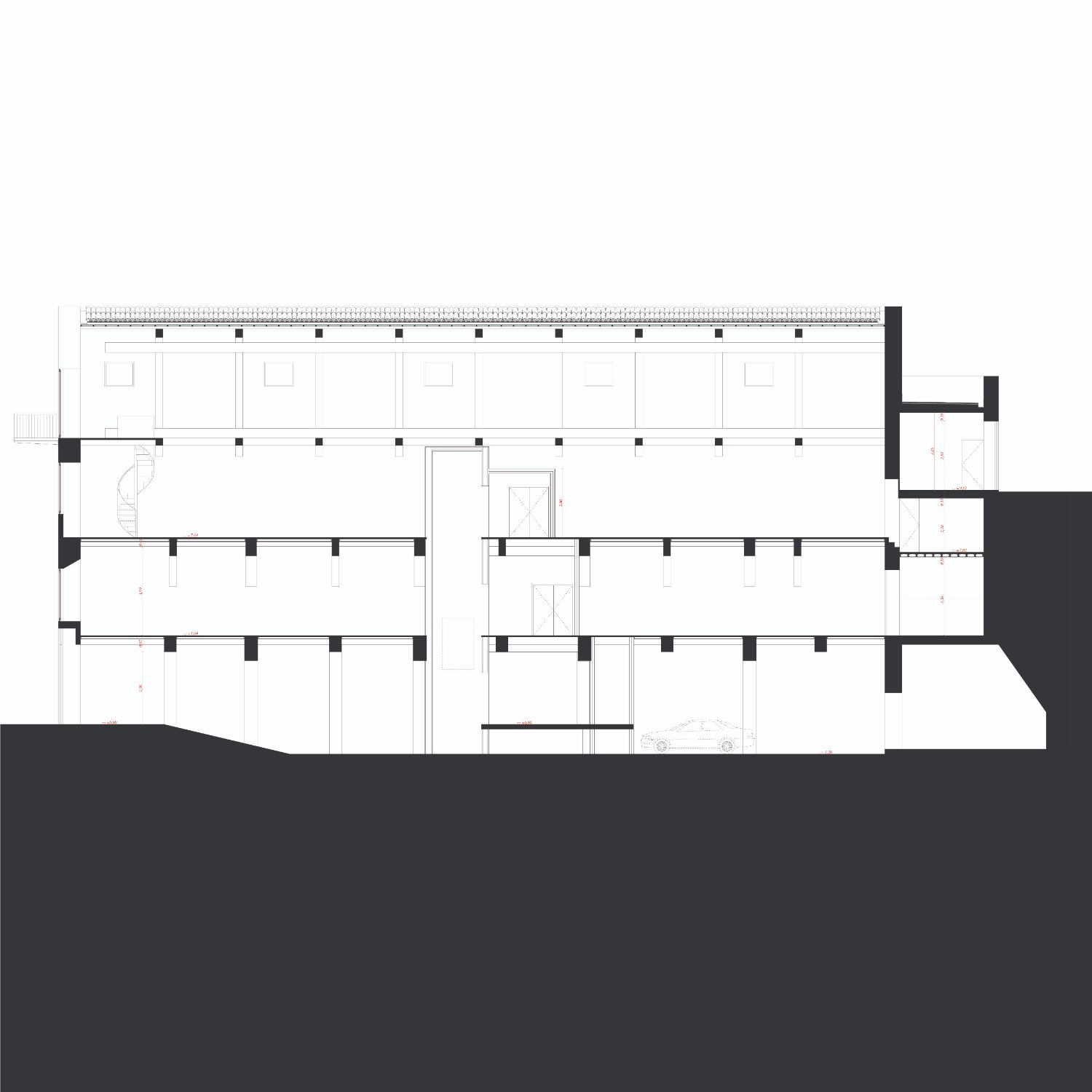Beato 1904/
Promontório
Project Details

Location(City/Country):
Lisbon / Portugal
Tipology:
Offices
Year (Design/Construction):
2015 / 2019
Area (Net/Gross):
- / 1928 m2
Operational Carbon emissions (B6) kgCO2e/m2/y:
-
Embodied Carbon emissions (A1-A3) kgCO2e/m2:
-- The project makes the best use of the existing structure, minimising both demolition and new construction, reducing waste generation and engaging with the history of the site.
- The building complies with national energy requirements due to the careful thermal insulation of the roof, as well as due to the type of frame used.
- Selectively open gaps both in the roof gables and in the east façade to bring natural light deep into the building.
Project description as provided by the Architects:
Located on the Lisbon riverfront, between the 17st-century Convent of Grilo and the ongoing Beato Creative Hub, which hosts many of the start-up companies springing from the Web Summit, this 19th-century wine and olive oil warehouse has been converted into a co-working space that, without losing its historical character, is flexible and friendly. The 3-storey building has two street frontages, respectively towards north, on Rua do Grilo, and towards south, on Rua da Manutenção. Toward west, it is adjacent to other warehousing facilities, while towards east, it has its own courtyard and borders a vacant plot.
Structurally, this gabled roof ensemble was built in a system of thick masonry walls, arched on the ground-floor, that hold together a wood structure of cross-beams and an extremely large wood-boarding floor. In terms of its renovation, the following tenets were considered: (a) to clear up the space of all residual and unqualified adaptations that had been layered onto it across decades of different appropriations and misuses; (b) to make the best use of the existing structure, minimizing both demolition and new construction; and (c) selectively open gaps both in the roof gables and in the east façade to bring natural light deep into the building.
The east courtyard serves as access to the vertical distribution core and access to the adjacent parking. Making use of this courtyard, which already had the markings of pre-existing arches on the ground floor walls, new openings were made using the former metric and replicating them on the upper floors.
In the east façade, an industrial metal grating staircase that culminates in a wide balcony connects the different floors, serving both as a fire escape and an outdoor area with views towards the river. As for the interior space, it has been cleared of all non-original partitions, while WC, pantry and storage are clustered in a single block, releasing the tactile and tectonic presence of large floor wood planks and ceiling beams. The masonry walls are finished in ochre burnt lime, while the elevator core is made of raw steel plates.
Photography: João Carmo Simões
